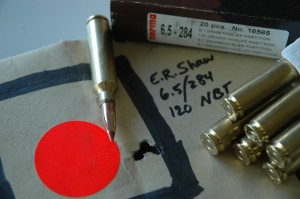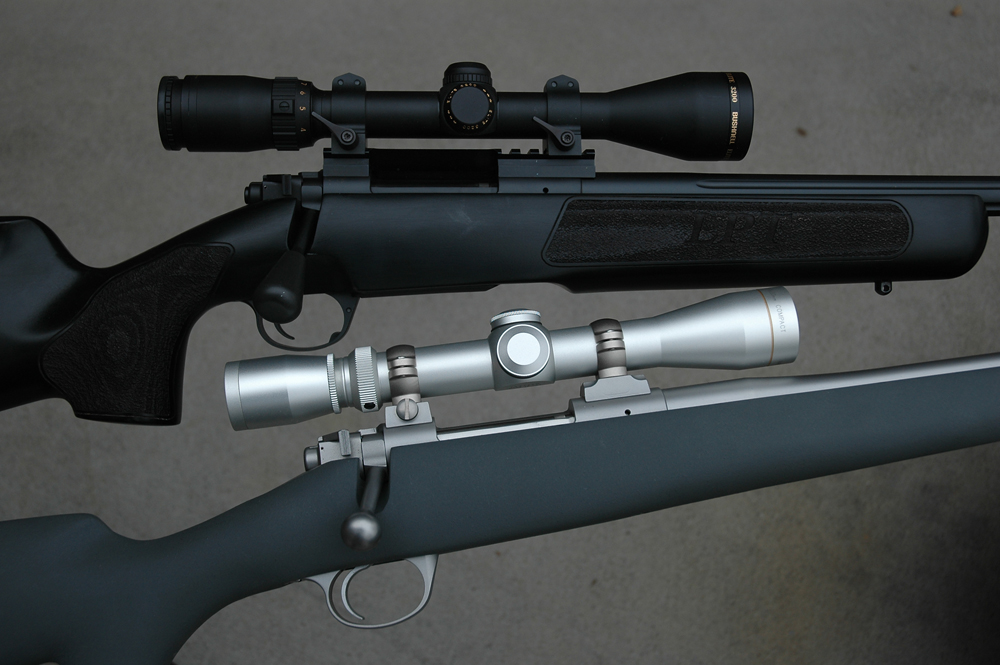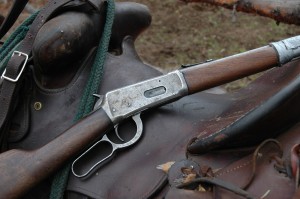By Wayne van Zwoll, Gun Digest
Opinions are like shopping bags: cheap and ubiquitous. Mine get about as much notice. Most recently, I’ve held forth on Chihuahuas, subsidized soybeans and motorists who drive 55 in the left lane. The soybean has kept its record reasonably clean, so I’ve managed one positive review.
Firearms have tripped me up. To report on them as tools is to ignore their soul. To admit that they have soul takes Darwinism to a new level. It also leaves some current guns with poor marks. It’s no trick to make firearms that work. Brilliant 19th-century inventors did that. CAD drawings, CNC machines and better steel can improve hardware, but they don’t add or maintain soul – or even elemental “gunniness.”

Before John Browning tired of sending designs to Winchester, he came up with some of the most fetching rifles ever, from the 1886 to the 1894. For decades after the Civil War, lever-actions proved as popular as the Homestead Act. Then came the Model 1895, a lever rifle for the government’s powerful .30-40, .30-03 and .30-06 cartridges.
I’m not a fan of the 1895. It does show the wonderful machining and finish common to firearms of its day. It does function reliably, and permits use of pointed bullets. But the 1895 is a cruel rifle. The stock comb is sharp and has lots of drop. It jabs you viciously in the chops. The sights don’t line up for me. When I cycle the action, the lever pinches my fingers. All that shuffling steel smacks of machinery by International Harvester. In the 95 you can also sense an incipient loss of soul.
Lest you think I’m heaping dung on a grave, I’d buy a minty 95 in a heartbeat, were it affordable.

Had anyone asked me, I’d have suggested that certain elements of the 95 (and its forebears) be carried forward. Soul resides in design, fit and walnut. Surely, the best hand-laid carbon-fiber stocks are clean to the point of elegance in profile, besides being strong, lightweight and waterproof. Still, the most attractive guns wear walnut. Claims of wood bending to the whims of weather have over-stepped. Most hunters can’t shoot well enough afield to tell if a stock is nudging the barrel or not. And wood is durable. That’s why trees worth cutting for gun-stocks live longer than we will. Even straight-grained walnut has character to plumb, like the plain girl no one thought would become a CEO, or the “square” who later earned a PhD and a Guggenheim. Polymer has the eye appeal of tractor tires. Every black polymer stock is the same, as soul-less as it is colorless.

Had anyone asked me, I’d have suggested that synthetic stocks dress in color. Henry Ford had to buy lots of paint, and sticking to black gave him the leverage of volume. It also absolved him of having to decide which color the next customer would want. Eventually, even Henry conceded there were other profitable colors. Many gunmakers remain hung up on black. While hand-laid stocks do come in a variety of shades, and McMillan offers a giddy selection, the rule is still black. I’m tired of it.
Had anyone asked me, I’d have insisted that metal never “stand proud” of the stock; that rifle and shotgun stocks, fit more neatly than the doors on a tool shed. While CNC tooling has reduced variation in dimensions, tolerances in mating parts seem to have increased. Close fit shows care in manufacture. Once you could get it in a Winchester 94, millions of which traded for under $100.
Had anyone asked me, I’d have required any firm contemplating a commemorative floorplate to install a boxcar-size façade with said plating on the lawn of company headquarters. If it looks good there, it will probably pass muster on a floorplate. Otherwise, plain blued steel works fine. Triggers of bright pot metal might also accede to steel. Ditto plastic grip caps. Steel too costly? Omit floorplate and grip cap. If they’ve been stamped with decoration borrowed from lawn ornaments, it’s best they leave anyway.
Had anyone asked me, I’d have scotched superfluous parts, starting with automatic and redundant safeties. A firearm’s function is to fire. Multiple impediments make it as useless as a boat with holes.
Had anyone asked me, I’d have declared fixed throttles more useful than non-adjustable triggers. Pulls as heavy as a rifle’s weight almost ensure the rifle will move as the trigger breaks – just as double-action handgun pulls with the resistance of a bumper jack ruin accuracy.
While my opinions are mostly dismissed, gunmakers still sell serviceable products. Shooters still buy them, as 100 years ago they made peace with the mulish kick and finger-chomping lever of the 95.
Thanks to the team at Gun Digest for this post. Take a minute to visit GunDigest.com – click here. Gun Digest offers free downloads. Be sure to take advantage of Gun Digest’s free downloads to learn all about Gun Values, AR-15 Optics, Glock Accessories and Concealed Carry Holsters.


